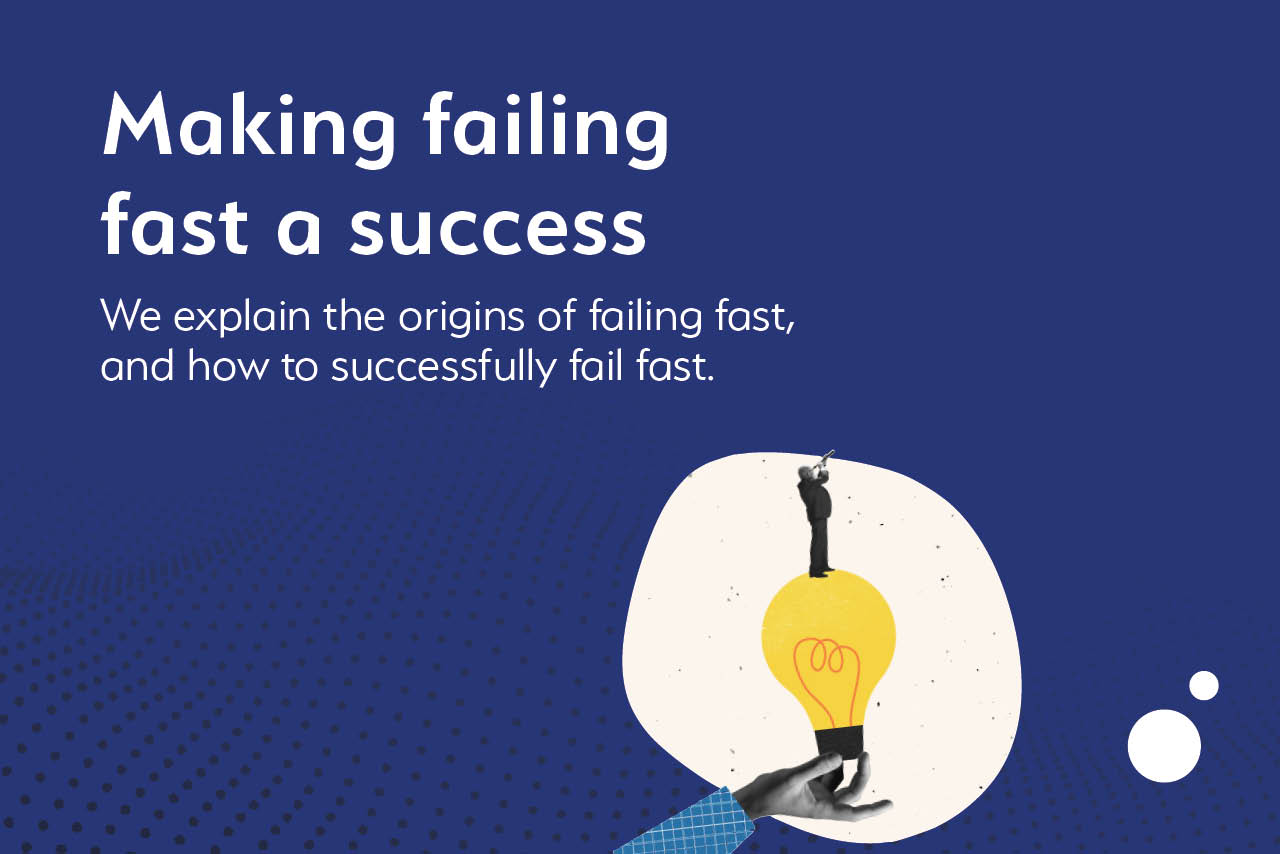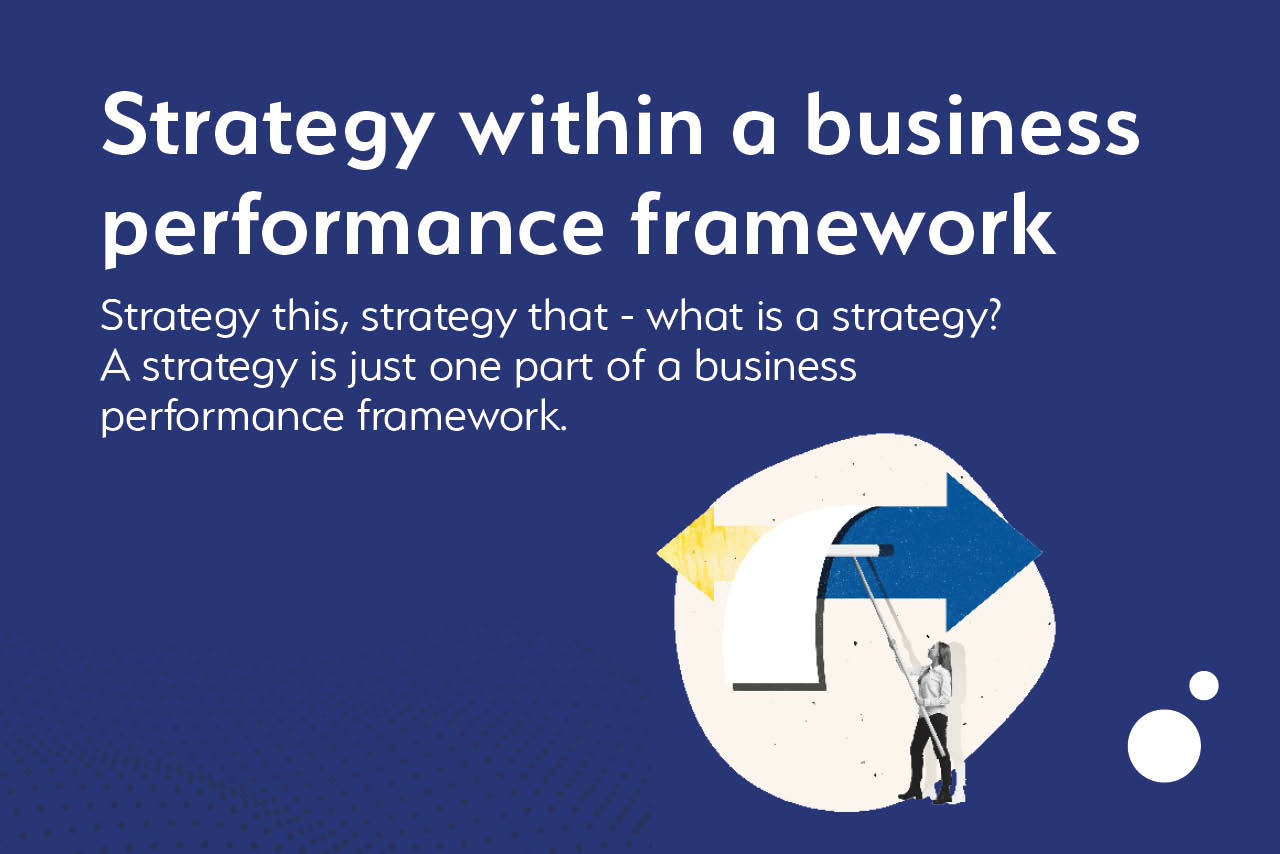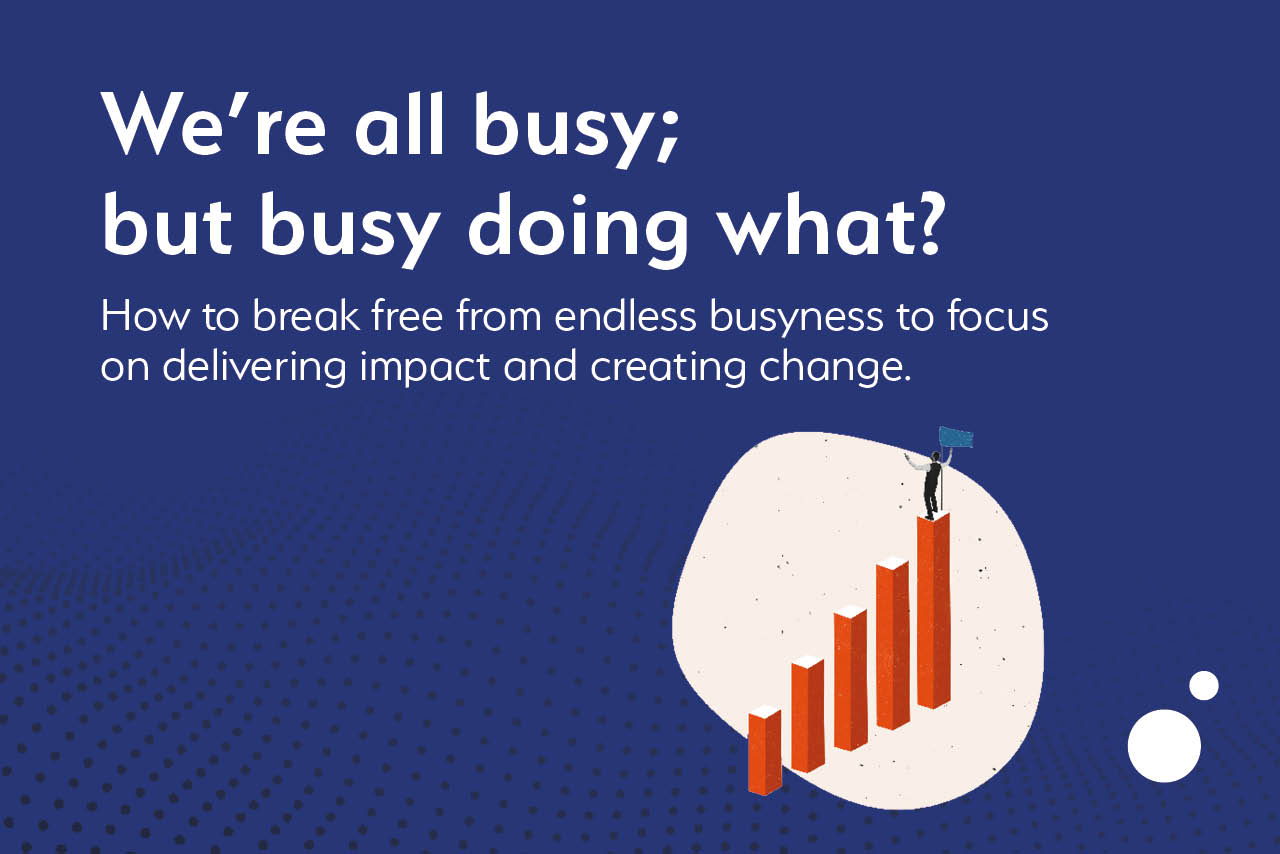How challenging conversations create high performance cultures
By Steve Walsh, Head of Jumping
My colleague David wrote recently about managing weeds within his garden and how this is similar to organisations.
Read David’s blog: Creating the right environment and catching bad apples early
But how do we turn weeds into flourishing plants?
How do we support somebody when they are on the verge of going in the wrong direction, or isn’t performing up to standard, and how do we turn that behaviour around?
People struggle to have challenging conversations
The answer revolves around having challenging conversations.
And one of the things we’ve found in our work at Jumpthink is that people really struggle to have challenging conversations.
No one’s ever taught how to do this at school or when they move into management. It’s an under-developed skill.
This prevents people challenging bad behaviours and can lead to weeds growing and taking over the culture.
Having challenging conversations is at the heart of turning a weed back on the track to being a flower.
Challenging conversations = a form of care
We’re big fans of Kim Scott’s Radical Candor model.
The model helps us frame conversations with care, and teaches us how challenging people directly is a form of care.
The reason why people tend to not want to challenge others lies in the fact that approximately 66% of people in society are at a stage adult developmental called ‘the socialised mind’.
In a nutshell, this means that they derive their value from what other people think of them.
Therefore, challenging other people and having others potentially think negatively of them is a risk to their own personal values and identity.
But when we look at the Radical Candor model, we realise that having a challenging conversation with someone is a form of care.
And if we frame this correctly, other people’s view of us will be enhanced.
A real-life example
We had a story recently at Jumpthink where, after 10 years, an individual was told their standards, or their work, wasn’t good enough.
Yet they had always been told ‘no, no – it’s fine’, ‘yeah, yeah – this is good’. And people had been too scared to have a radically candid conversation with them.
By doing that, others thought they were caring for this person by not wanting to hurt their feelings.
But it was the opposite of that, because by not telling them about their true standards, they were unable to improve.
“Imagine what my carer could’ve been if someone had told me these things 10 years ago” – that was what this individual said, when reflecting on being told their work wasn’t up to scratch.
As a leader, the standard you set – or the standards you accept – is where someone’s going to get to.
If you accept the lowest standard, without having that challenging conversation, that person is never going to be able to reach a higher standard.
And your organisation can never be high performing.
Become comfortable having challenging conversations
The next time you’re wondering how to approach a challenging conversation, visit Kim Scott’s Radical Candor model.
Decide yourself how much you are going to care about the person that’s sat in front of you.
Are you going to care enough to challenge them directly, or are you not?
Do you care enough about your culture, and about your high performance environment, to challenge your people directly to reach the next standard?
Ultimately people self-identify as to whether they’re prepared to go through the steps to create high performance or not.
And becoming comfortable with challenging conversations is just another form of self-identification.





